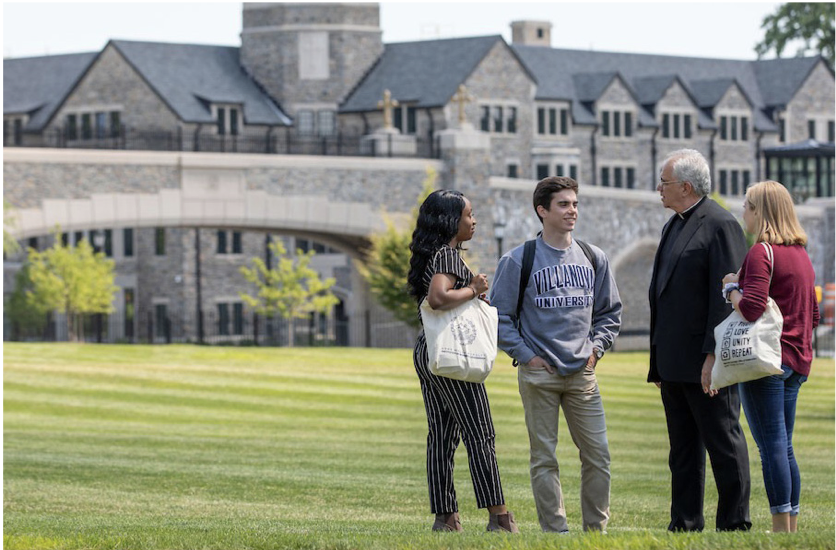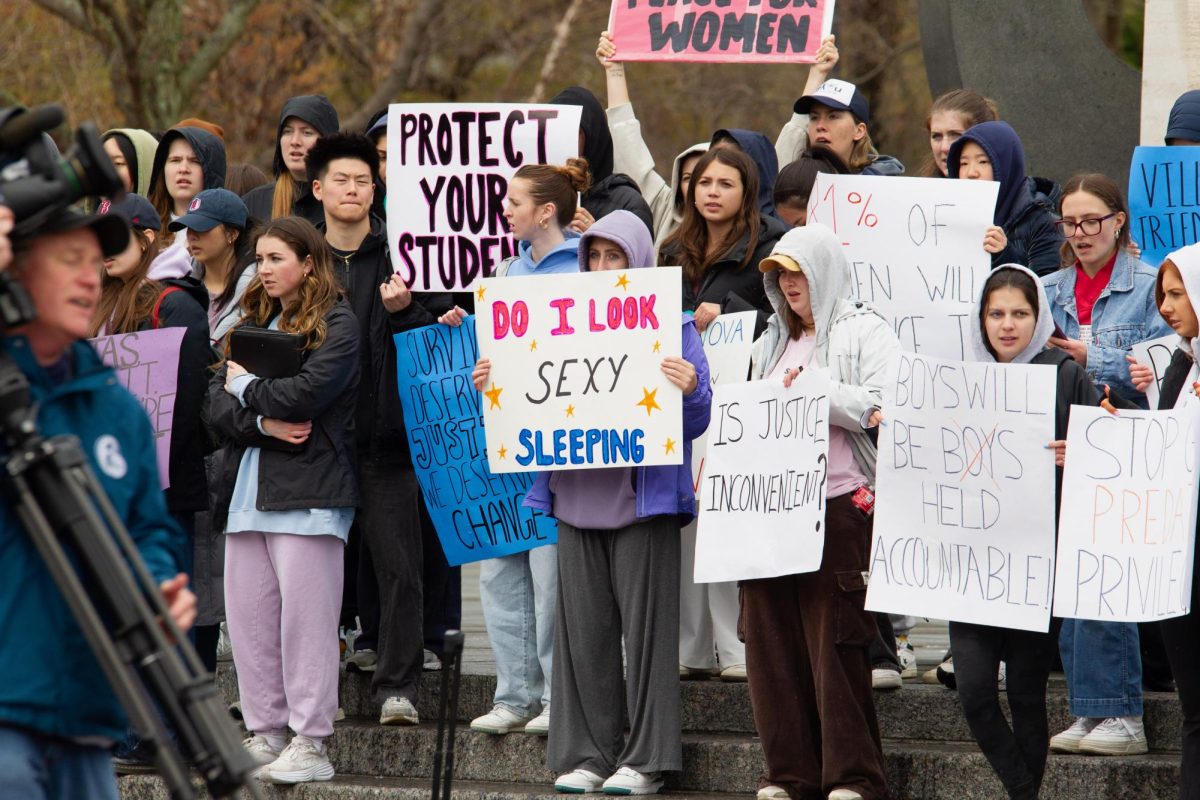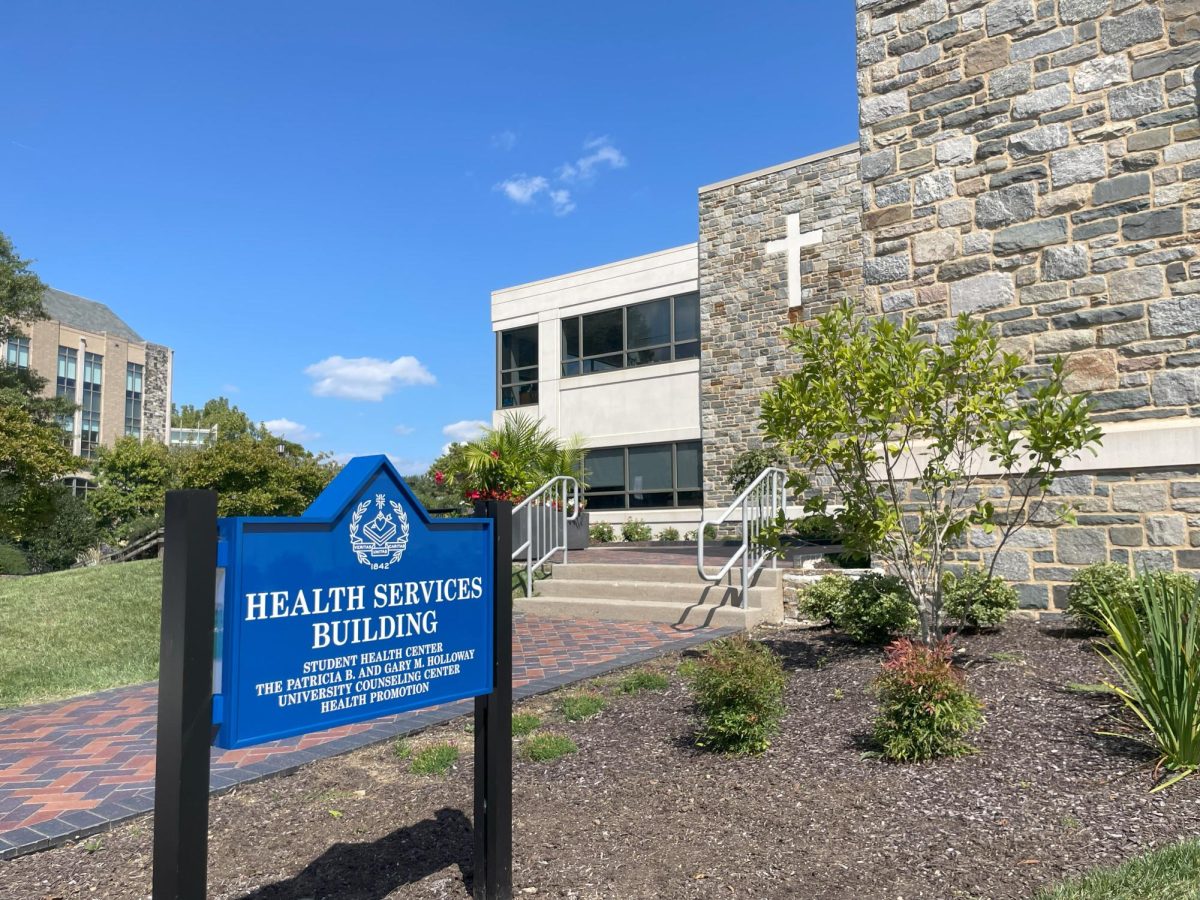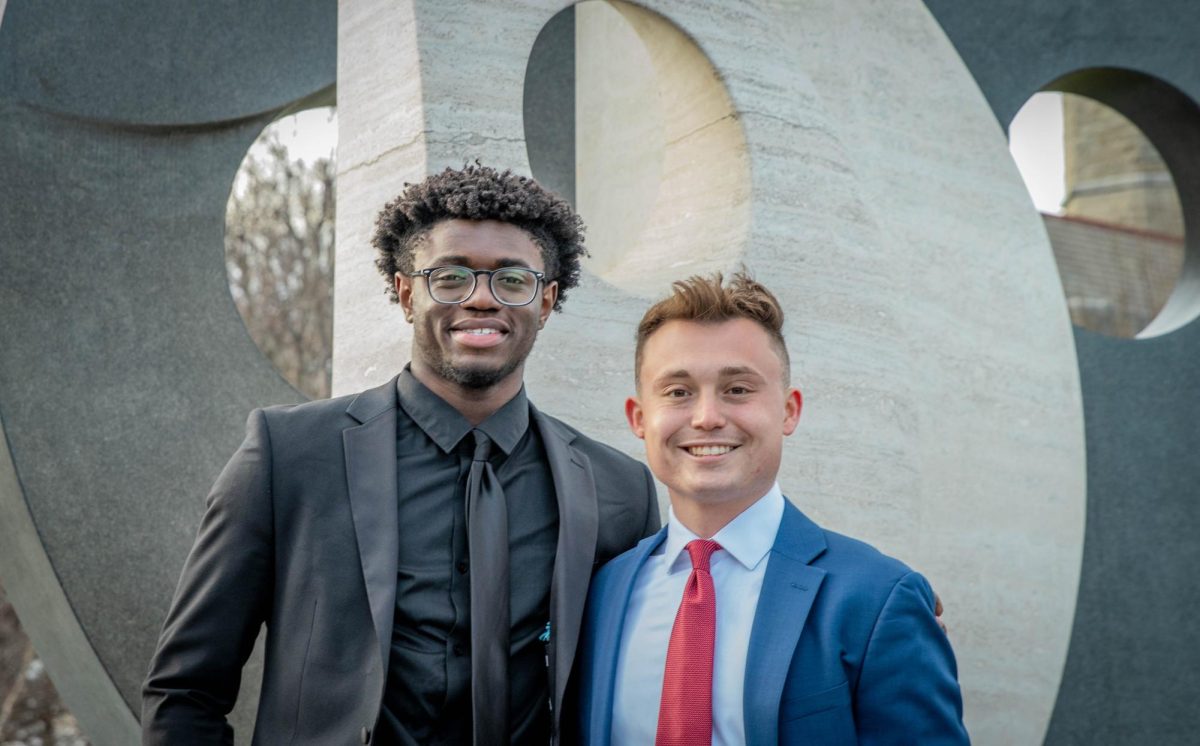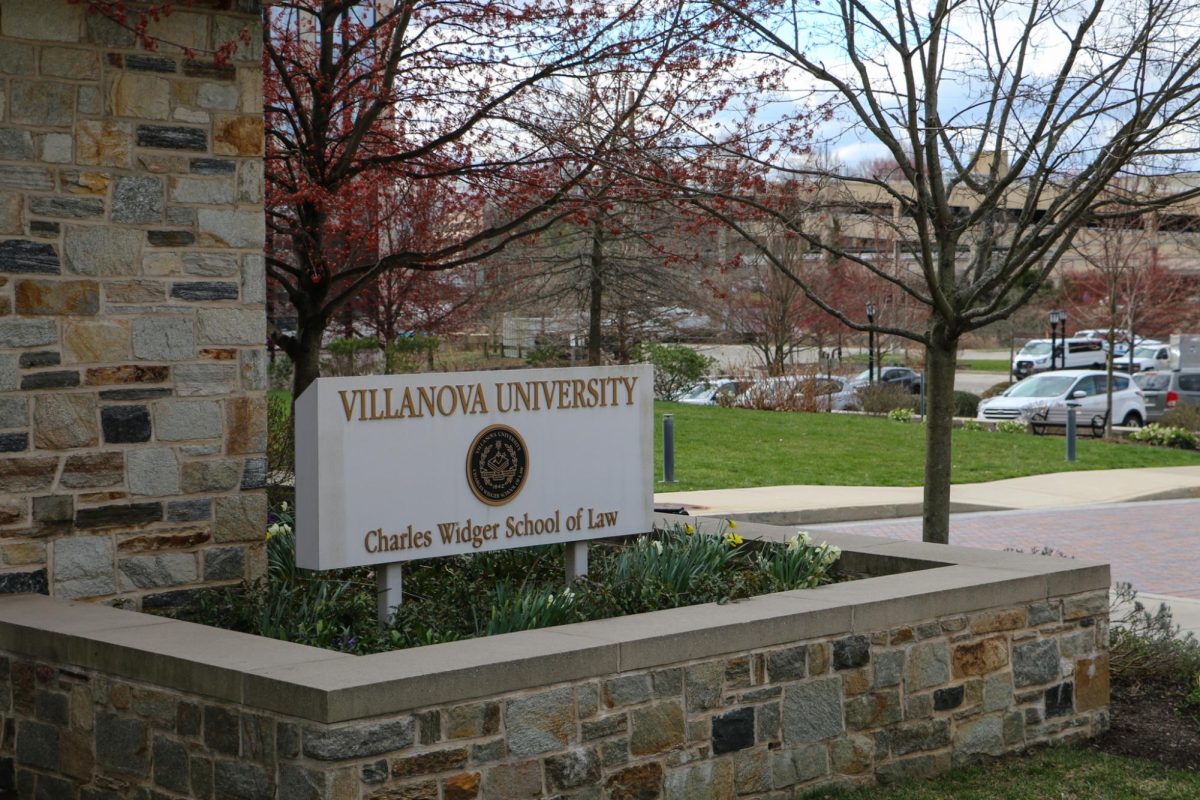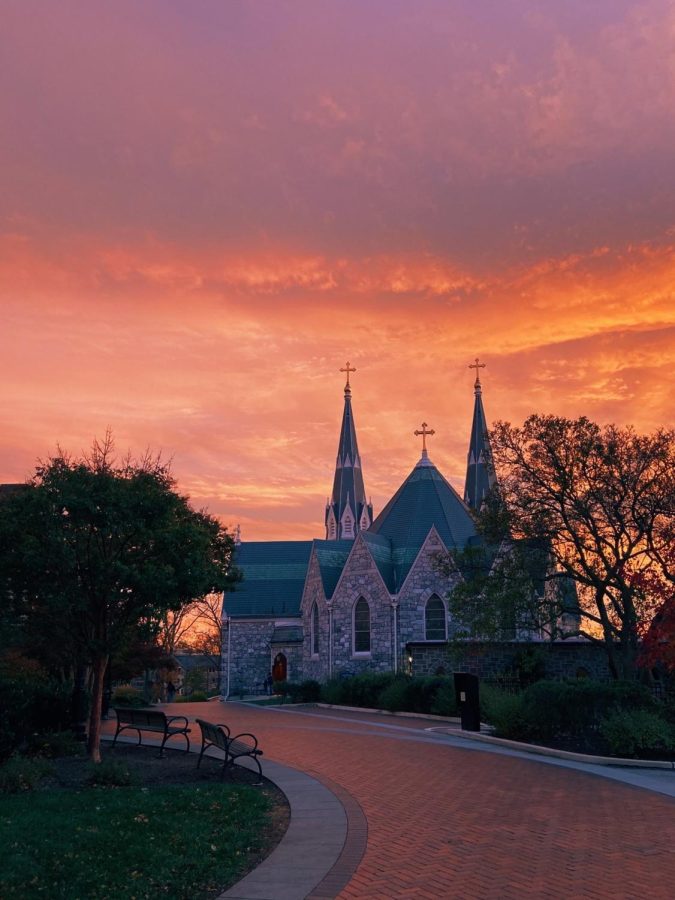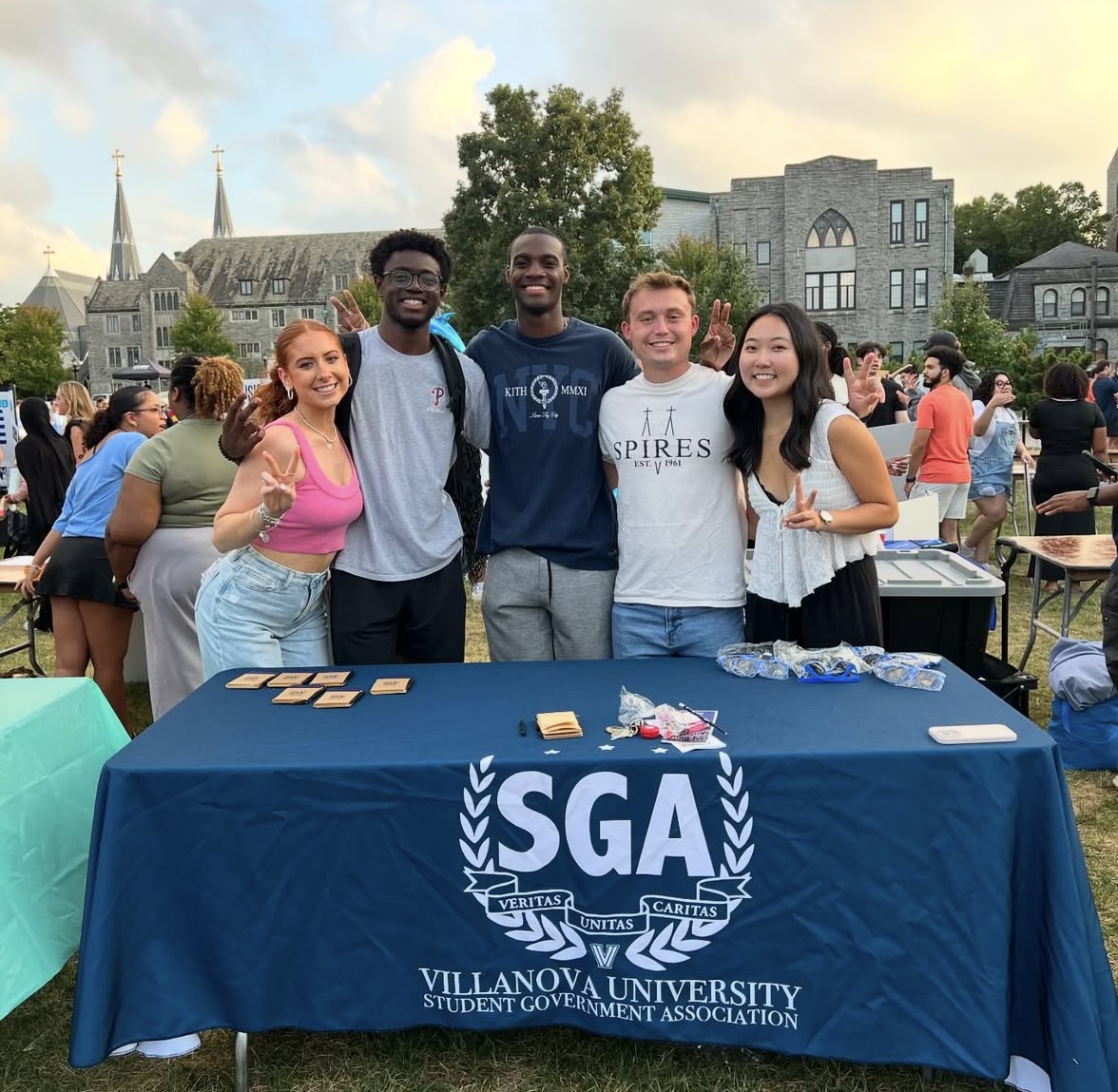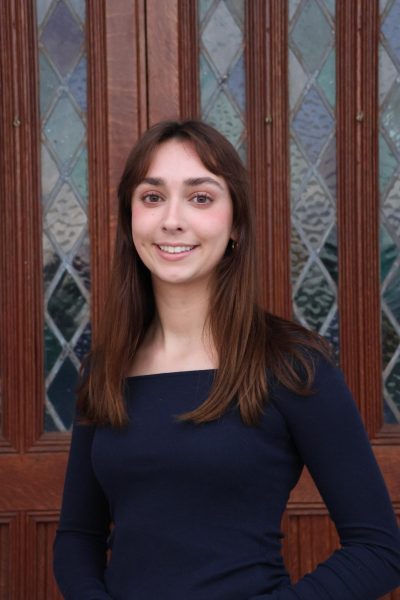University President, Rev. Peter M. Donohue, O.S.A., Ph.D., delivered the annual opening address on Wednesday, Sept. 11, to faculty and staff, outlining key developments that will shape Villanova’s future.
Fr. Peter emphasized the importance of keeping the Villanova community informed about key changes and upcoming initiatives. He noted that his goal was to provide essential updates and “hopefully help us acclimate ourselves to this new academic year.”
One key point of the address outlined plans for the new Falvey Library, located at Vic Maggitti Hall. Currently, the area is undergoing rock excavation, with efforts being made to ensure the process is less disruptive than previous construction projects.
Additionally, Fr. Peter addressed recent leadership changes on campus. A few names were mentioned. The new Vice President for Information Technology and CIO, Tej Patel, will address the campus’s growing technological needs and expand opportunities for the University. Fr. Peter addressed Robert Morro’s retirement as Vice President for Facilities Management, as the University is currently undergoing a search for someone to fill this position.
Among other roles still in the search process is the Vice President for Diversity, Equity and Inclusion following Dr. Teresa Nance’s retirement and the Vice President and Director for Athletics following Mark Jackson’s departure from the University. In the interim, these roles have been filled internally by Ariella Robbins and Lynn Tighe, respectively. Additionally, Matthew Harris has been named the Executive Director of Undergraduate Admission, succeeding the beloved Michael Gaynor.
This October, the University is officially launching a new comprehensive capital campaign. The University Advancement and Communication Marketing Teams have worked tirelessly to prepare this launch.
Fr. Peter highlighted that the University’s campaign goal is to raise $1.25 billion, with approximately half of that amount secured during the private phase. The public phase of the campaign will now commence. This includes fundraising efforts for 1842 Day, the dedication of Drosdick Hall and various donor events.
The majority of the address centered on what many are excited about: Villanova’s recent acquisition of Cabrini University’s campus. It is still anticipated that the Cabrini campus will not be fully operational until the Fall of 2026.
Fr. Peter emphasized the importance of involving the entire Villanova community in the planning process for the Cabrini merge.
“You may recall…that I wanted to ensure University wide engagement regarding the use of the Cabrini campus,” he said. “We sent out a survey asking for feedback and creating various planning committees and groups to identify the best way to use the campus for our current and future needs.”
To provide more insight into this significant development, Fr. Peter invited several individuals on stage, recognizing their key contributions to the Cabrini acquisition. These included Roger Demareski, Executive Vice President; Kathleen J. Byrnes, Vice President for Student Life; Timothy Hoffman, Vice Provost for Finance and Administration; Marilou Smith, LEED, Assistant Vice President for Engineering and Construction; and Vincent Ciuccoli, Associate Vice President for Cabrini Campus Operations.
The Cabrini campus, situated 1.6 miles from Villanova’s main campus, spans 112 acres. It is about one-third the size of Villanova’s main campus. It features a mix of facilities: 37% of its space is dedicated to residence halls with 900 beds, 16% to athletics, 22% to academic purposes, 15% to administrative functions, 9% to other uses and 1% to student services.
The University aims to make Cabrini a central component of the Villanova experience, expanding access to its education for a larger number of students. To achieve this, the University plans to enhance student life and campus spaces, addressing the community’s unmet needs in amenities, recreation and overall student experience. Additionally, a transportation system will be developed to seamlessly connect the two campuses, ensuring a cohesive and accessible Villanova experience for all students.
Demareski and Burns have been at the forefront of this initiative. Their research and findings highlight that Villanova’s current campus space is insufficient to meet growing needs, a situation exacerbated by the campus being landlocked. This underscores the strategic value of acquiring additional real estate to accommodate future growth.
Villanova has been given this unique opportunity to work with an additional campus as a blank canvas. Five campuses that reflected Villanova attributes have been assessed and learned from experts on how to navigate the challenges and opportunities of multiple campuses.
Burns enthusiastically expressed the advantages of the Cabrini acquisition, emphasizing that the campus is already fully developed and ready to offer Villanova students a well-rounded experience from day one.
“This just made us get more and more excited about Cabrini, because any shortcomings that one campus seemed to have, we didn’t have that issue with Cabrini because Cabrini has been a fully functioning college campus,” Burns said. “We are looking for a holistic student experience wherever our students are, [and] Cabrini has that already.”
Demareski detailed the approach for the Cabrini campus.
The plan is to “take the great gem of a campus and use it as is,” preserving its unique qualities while making strategic upgrades.
Some of the most notable upgrades include modernizing residence halls, transforming Grace Hall into a new campus center and repurposing the Dixon Center as a student recreation hub. The library will be revamped into a vibrant study and gathering space, and Founder’s Hall will be updated for classrooms and faculty offices. The ‘Isidora’ building will be designed to accommodate future academic departments, including an improved nursing simulation lab and accommodations for animal research space. A reliable, “world-class” shuttle system will be introduced to connect the two campuses seamlessly. Additionally, a comprehensive budget will be developed to ensure the effective rollout and management of these enhancements.
The team has pitched various recommendations based on residential and academic opportunities presented by Cabrini’s campus.
These efforts are expected to focus student housing at the Cabrini site on sophomores and juniors.
Fr. Peter acknowledged potential resistance from students, stating the goal is to “find a way to entice them over there.”
There is a strong emphasis on destigmatizing the Cabrini campus by avoiding terms like “Main Campus” and instead fostering a positive integration with Villanova’s existing campus. Burns highlighted that the aesthetic of the residence halls is appealing, featuring larger room sizes and superior community spaces that provide a very “Villanova feel” The campus would be situated with usual amenities, such as living, recreation space, sport venues, dining, gathering, study spaces and additional parking opportunities.
On the side of academics, Villanova is committed to growing the College of Nursing and College of Undergraduate Enrollment, launching an Institute on Immigration and promoting growth of the elementary education program, all in line with Cabrini tradition.
The University is starting to analyze applicant data, student outcomes and program strengths as part of a comprehensive evaluation process. This analysis is aimed at understanding potential growth in the future student body and will continue to be an inclusive and detailed process.
Fr. Peter addressed several questions during his remarks. He noted that Cabrini has a few conditions for the transition: the name Cabrini will remain and two members of Cabrini’s board of trustees will join Villanova’s board for a few years to preserve Mother Cabrini’s legacy. While there is no agreement to retain current building names, opportunities for naming rights may arise as the capital campaign progresses. Additionally, there have been extensive discussions with Radnor regarding potential traffic disruptions.
The information presented in the opening address for the 2024-2025 academic year was highly informative, offering valuable insights into the University’s current projects. Rev. Peter M. Donohue, OSA, PhD, and all involved faculty members generously shared numerous updates to keep the community well-informed. As new developments, particularly regarding Cabrini, unfold, The Villanovan will provide timely updates.

